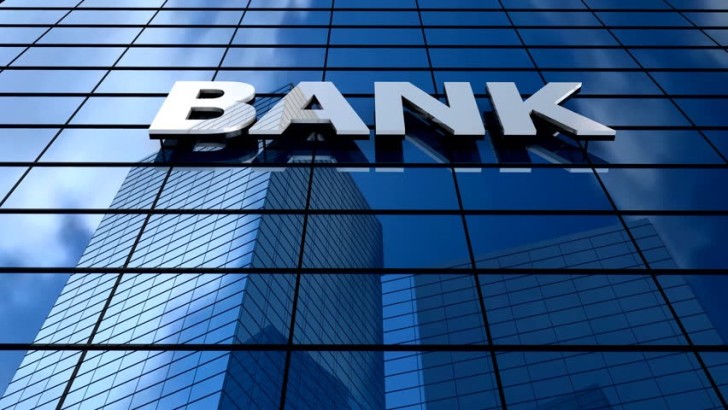200 XRP Users
With the 13 addition to the network, the total institutions now using the RippleNet have crossed the 200 barrier. In the press release, Ripple mentioned 5 of the institutions, Euro Exim Bank, Transpaygo, JNFX, SendFriend and FTCS. These 5 will be using XRP for liquidity specifically.
Director of Euro Exim Bank, Kaushik Punjani, said on the occasion, “As a leader in trade finance solutions for global corporates and fintechs, we are uniquely placed to offer new payment channels and ways to source liquidity. Our customers—whether big corporates or individual remitters—have historically been restricted from obtaining suitable funds or settling transactions in a cost efficient and timely manner. Working collaboratively with Ripple and selected counterparts, we have designed, tested and are implementing both xCurrent and xRapid in record time, and we look forward to the benefits these will bring our customers.”
Ever Increasing Members
Ripple and its XRP token, being designed specifically for financial institutions, has seen a major growth in the network in the past year. Although the token has seen the same value erosion as all other cryptocurrencies, it still enjoys a favourable use. Even now well below its all time high of USD 3, XRP continues to develop its network as more and more institutions sign up.
CEO Ripple, Brad Garlinghouse, was very excited about the latest addition and said about the network’s growth, “In 2018, nearly 100 financial institutions joined RippleNet, and we’re now signing two—sometimes three—new customers per week. We also saw a 350 percent increase last year in customers sending live payments, and we’re beginning to see more customers flip the switch and leverage XRP for on-demand liquidity. At the end of the day, our goal is to make sure our customers can provide excellent, efficient cross-border payments experiences for their customers, wherever they are in the world.”
The adoption of XRP becomes a logical choice for banks as it is designed to be regulatory friendly, a crucial aspect as blockchain resistant financial institutions finally come to accept the technology’s advantages, but are still wary of the unregulated and censorship free characteristics of cryptocurrencies.
 Saad Ullah
Saad Ullah

 Saad Ullah
Saad Ullah


